Yubudo Island (유부도)
11.9 Km 19183 2024-02-21
Yubudo-gil, Janghang-eup, Seocheon-gun, Chungcheongnam-do
Yubudo Island is a small island in front of Seocheon's coastline, accessible by ferry from Janghang Port in about 30 minutes. The island boasts extensive tidal flats and saltern developed with embankment. It is a place where saltwater and freshwater mix, making it abundant in fish like grey mullet and shrimp. Yubudo Island is also known as a resting spot for over 100 species of migratory birds.
Bieung Mapaji Trail (비응 마파지길)
12.0 Km 0 2024-04-06
1331 Oehang-ro, Gunsan-si, Jeonbuk-do
Bieung Mapaji Trail is a deck walkway along the coast of Biungdo Island. "Mapaji" means a place where the maparam (south wind) blows in Korean, and visitors can enjoy a refreshing walk while feeling the cool breeze from the sea. While strolling along the coastal scenery, visitors come across observation decks. From these decks, they can enjoy panoramic views of Bieung Port and the expansive scenery of the Seohae Sea.
House of Lee Young-choon (이영춘가옥)
12.0 Km 28660 2024-04-07
7, Donggaejeong-gil, Gunsan-si, Jeonbuk-do
+82-63-454-3922
The House of Lee Young-choon was constructed by
a Japanese landlord named Kumamoto during the Japanese colonial era. The house combined Western, Korean, and Japanese into one structure. After Korean liberation, Dr. Lee Young-choon, the first medical doctor, lived in the house. From that time, the house was referred to as the
House of Lee Young-choon.
Thanks to its beautiful exterior, the house was used as a backdrop for films such as Bingjeom, Sandglass, and Yain Shidae, etc.
The doctor was considered the Korean "Albert Schweitzer", and his
pen name of "Ho", referring to ssangcheon,
means "two branches of spring water, represents one for healing physical disease and the other for healing the
spirit. He was born in Yonggang-gun, Pyeongannam-do in October 1903. In 1935,
through a connection by his professor at Pyeongyanggobo School, he took a position
as the head of Jahye Hospital to take care of 20,000 people. In addition, he was the first person
in Korea to implement the policy of school nurses as well as the medical insurance union.
Bieung Port (비응항)
12.4 Km 0 2024-04-07
74-11 , Bieungnam-ro, Gunsan-si, Jeonbuk-do
+82-63-454-4000
Bieung Port is the starting point of Saemangeum Embankment which is at the entrance of the Saemangeum tourist area. Bieung Port was once closed due to the excess of soil sedimentation after the construction of Geumgang Estuary seawall. In addition, when the shores were closed off with the Saemangeum Embankment reconstruction project, a new port was in need and thus Bieung Port was repaired and reopened along with two other ports. Bieung Port in particular was constructed as a multi-functioning fisheries port so that it may be incorporated with the nearby attractions in the tourism business.
Saemangeum Trail (새만금 광역탐방로)
12.8 Km 0 2024-04-06
1192-1 Hwapo-ri, Jinbong-myeon, Gimje-si, Jeonbuk-do
Saemangeum Trail is a walking trail designed to showcase the exceptional natural scenery near the Mangyeonggang River. Spanning a total of 12.5 kilometers, starting from Mangyeong-eup's Tojeong Village and leading to Jinbong-myeon's Sampo Village, this trail allows walkers to immerse themselves in expansive rice paddy and lush greenery. Along the Mangyeonggang River, visitors can also observe various protected plant and animal species inhabiting the area.
Gimje Seongmoam Hermitage (성모암(김제))
12.9 Km 6536 2024-04-07
54-9, Hwapo3-gil, Gimje-si, Jeonbuk-do
+82-63-544-0416
Seongmoam Hermitage, a temple of the Jogye Order, is located on Yuangsan Mountain in Mangyeong-myeon, Gimje-si. The temple is the final resting place of the mother of Jinmuk Daesa, a great Buddhist monk from the Jeonbuk region. Jinmuk believed that a person’s love and respect for Buddha is not that much different from the love and respect one has for his or her parents. As an expression of this philosophy, Jinmuk had his mother’s remains enshrined at the temple after she died at Mujasoncheonnyeonhyanghwajiji.
A neat little line of stone lamps leads visitors up from the parking lot to the temple grounds, revealing the well-attended grave of Jinmuk Daesa’s mother to the left. The temple is very unique in that it is the only one to house a caretaker’s office (Gosiraejoen Hall) that is responsible for maintaining the grave site.
It is said that prayers made to Seongmo (the holy mother) while visiting the temple will come true. Throughout the year, throngs of people journey to the temple to pay their respects and earnestly ask the holy mother to grant them their deepest desires.
Surawon (수라원)
13.1 Km 21068 2024-02-26
641-9, Jangsan-ro, Janghang-eup, Seocheon-gun, Chungcheongnam-do
0507-1435-6250
Surawon is a hanu (Korean beef) and bulgogi restaurant located at the estuary where the Geumgang River meets the Yellow Sea, allowing visitors to have a great view of the sea, the river, tidal flats, and the city of Gunsan beyond the river. The menu includes seoksoe bulgogi (grilled bulgogi), dwaeji galbi jjim (braised pork galbi), so galbi jjim (braised beef galbi), and hanu gui (grilled Korean beef). The nearby Geumgang Estuary Embankment is famous for the view of thousands of migratory birds dancing above the water, while the city of Gunsan across the Dongbaekdaegyo Bridge is known for its modern architecture and historical sites.
Gyegok Garden Kkotgejang (계곡가든꽃게장)
13.7 Km 27612 2024-04-07
470 Geumgang-ro, Gaejeong-myeon, Gunsan-si, Jeonbuk-do
Gyegok Garden Kkotgejang is a restaurant sought after by food enthusiasts nationwide, renowned as the first establishment in the country to patent gejang (marinated crab) cuisine. Originally selling dwaeji galbi (grilled pork galbi), the restaurant's main dish shifted to crab after its exceptional kkotge jang (soy sauce marinated crab) side dish garnered increasing attention from customers seeking gejang delicacies. The secret to its flavor lies in the authentic soy sauce, aged with 16 medicinal herbs, and the plump meat of female crabs. Customers can enjoy gejang with minimal fishy or salty taste, instead relishing in the rich and savory flavor of the crab.
Deoksugung Haemul Kalguksu (덕수궁해물칼국수)
15.1 Km 20616 2024-02-28
5, Jangsan-ro 855beon-gil, Maseo-myeon, Seocheon-gun, Chungcheongnam-do
041-956-7066
Located near the Geumgang Estuary Embankment, Deoksugung Haemul Kalguksu serves haemul kalguksku (noodle soup with seafood) full of clams and vegetables. Kalguksu (noodle soup) is made by rolling out a thin flour dough, slicing it into thin strips, and then boiling them in a soup. There’s a variety of kalguksu (noodle soup) dishes on offer, along with wangmandu (jumbo mandu). The broth is clean, thanks to shrimp and fresh vegetables. Don’t miss yeolmu kimchi (young summer radish kimchi), which is served as a side dish in the restaurant and goes perfectly with kalguksu (noodle soup).
National Institute of Ecology - Seocheon (국립생태원(서천))
15.8 Km 15479 2020-05-18
1210, Geumgang-ro, Seocheon-gun, Chungcheongnam-do
+82-41-950-5300
National Institute of Ecology is a research, exhibition, and educational center housing various animals and plants from world five climates and regions including the tropics, desert climate, the Mediterranean, temperate climate, and the polar region. Fauna and flora from the Korean Peninsula's ecosystem can also be seen here. The Institute’s Ecorium showcases living ecosystem exhibitions, housing 1,900 plants and 280 animals in an area of 21,000㎡ to help people understand the relations between climate and ecology. The outdoor exhibition area is divided into 5 sections, from Korea’s representative wetland ecological system to various international plants, rare plants grown on the high mountain, Korean representative deer species' habitat space, pond ecology and others. In addition, it offers vivid ecological education through the nearby ecological region and has varied exhibitions and researching facility as well as firsthand programs and events.

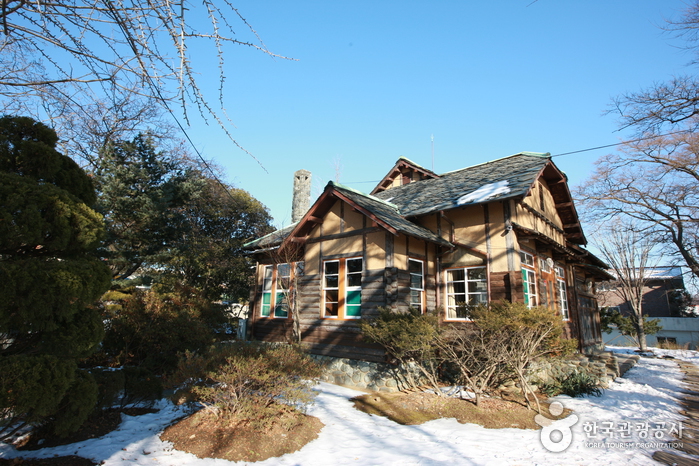
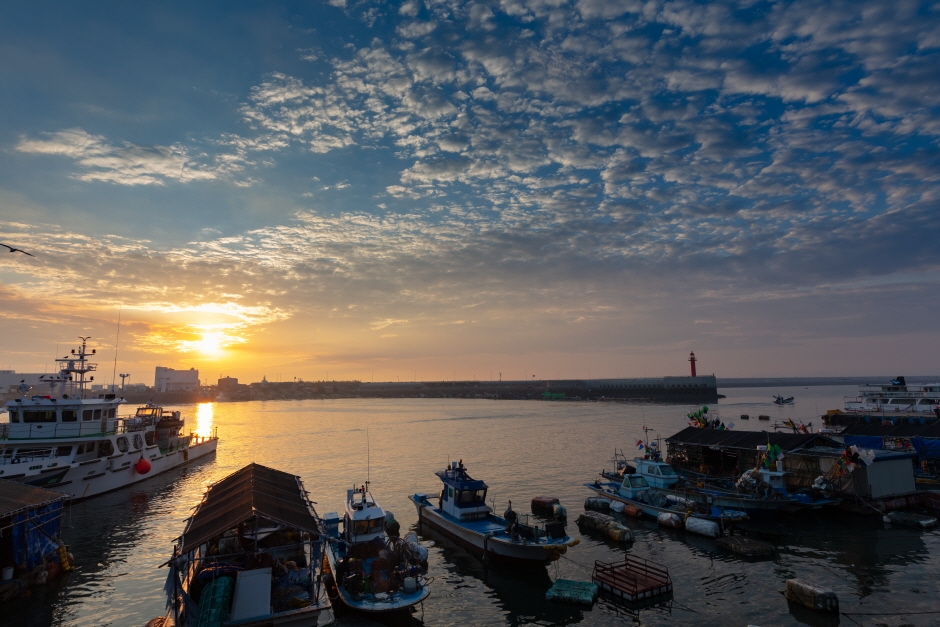
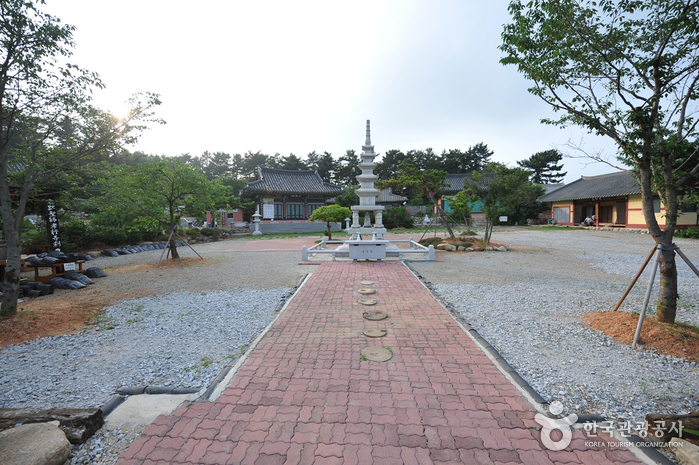
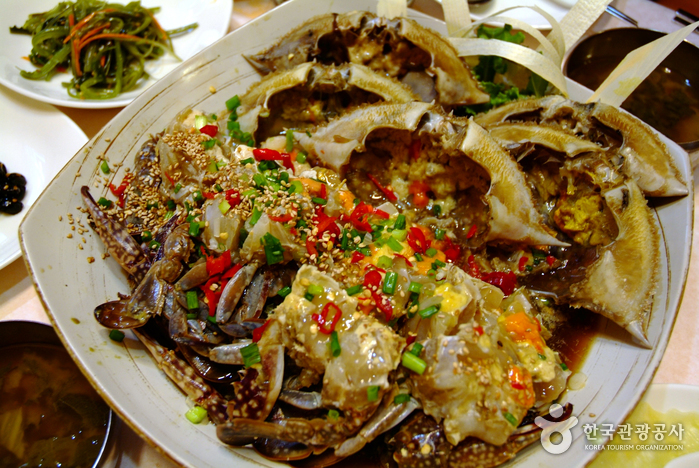
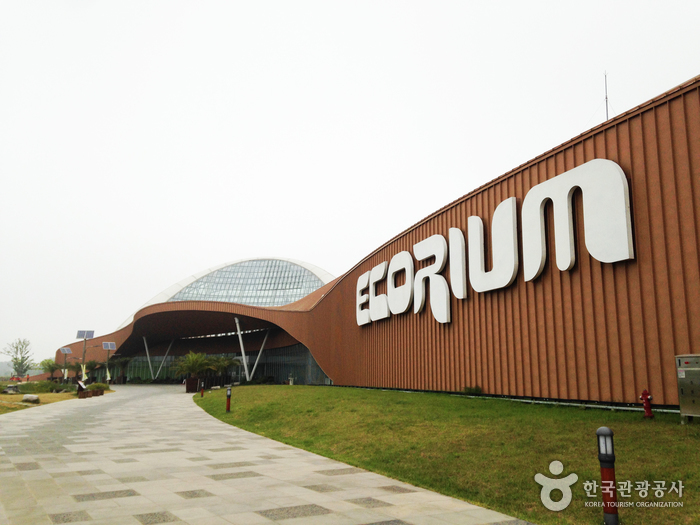
 English
English
 한국어
한국어 日本語
日本語 中文(简体)
中文(简体) Deutsch
Deutsch Français
Français Español
Español Русский
Русский